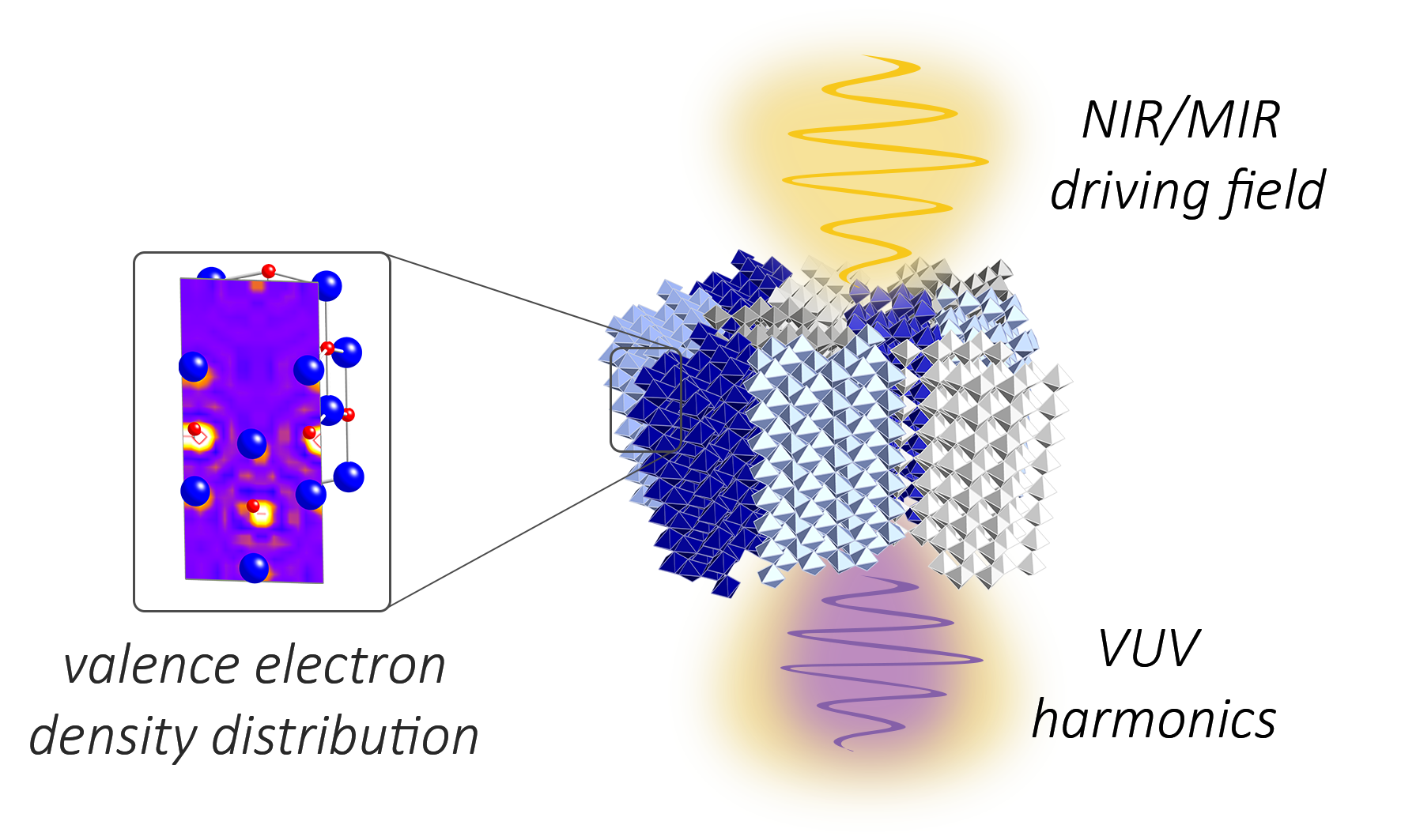Investigation of the valence electronic structure and dynamics of nanostructured materials via high-order harmonic generation

In the past two decades, the interest over nanophotonics has been constantly increasing, leading to remarkable results in light harvesting technologies, photocatalysis and optoelectronic applications. By moving from bulk systems to the corresponding nanomaterials, functional systems undergo dramatic modifications in the electronic structure that lead to enhanced control over their response to external stimuli. However, characterizing these changes is still an open challenge, particularly for valence electronic bands, which play a primary role in the materials’ functional activities. High-order harmonic generation (HHG) from solids has been recently used to map valence electrons distribution of crystalline samples at the picometer scale. With this project, we aim at extending this technique to nanostructured materials. Specifically, we will investigate the correlation between dimensionality and valence electronic distribution in the case of a prototypical optoelectronic system, TiO2, by comparing the non-perturbative HHG response of three structures: bulk crystal, meso-structure, i.e., domains with crystalline orientation over a range of few microns, and nanostructured films made of nanorods fully oriented in a preferential direction. This project has the potential to establish a convenient all-optical technique for the investigation of the valence electronic distribution as a function of spatial confinement, a topic which is at the heart of nanoscience.




